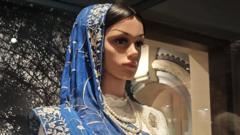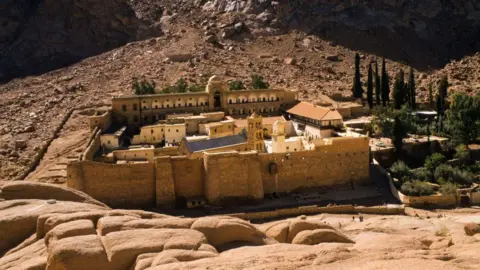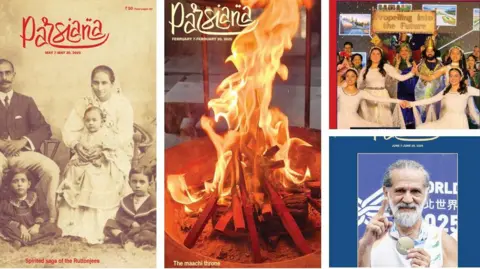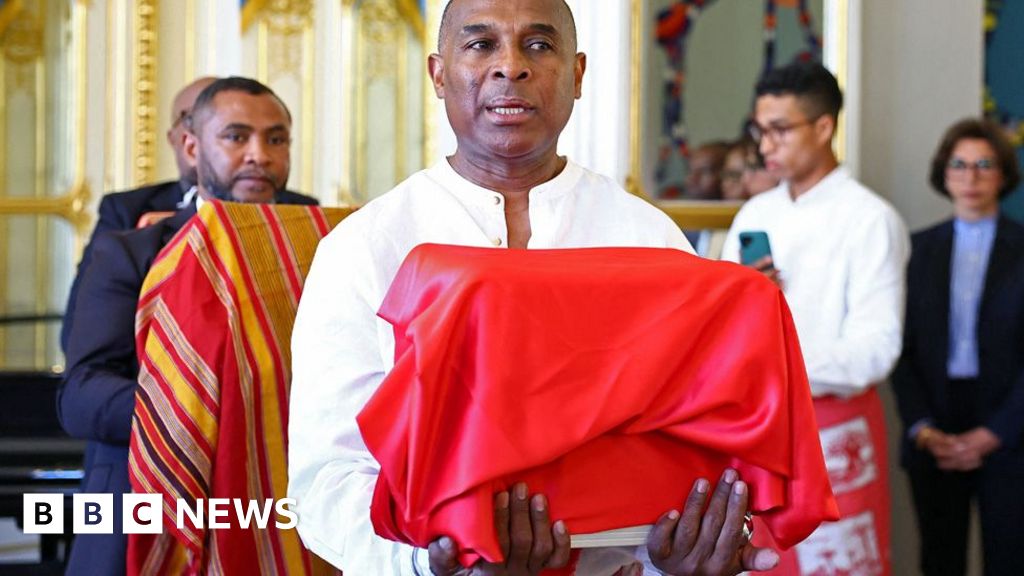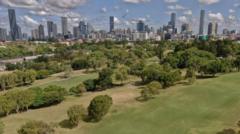Nestled in a quiet lane in Mumbai, the Framji Dadabhoy Alpaiwalla Museum serves as a homage to the Parsi community, one of the oldest branches of Zoroastrianism, whose numbers are dwindling to around 50,000 to 60,000 members in India. Fleeing religious persecution centuries ago, the Parsis have contributed immensely to India's cultural and economic landscape, yet remain largely unknown to many.
Curator Kerman Fatakia emphasizes the museum's goal: to bring Parsi history and culture to the forefront. The spacious exhibit displays an array of artefacts, some dating back to 4000-5000 BCE, such as terracotta pots and coins from ancient Mesopotamia, alongside garments reflecting a fusion of global designs.
One highlight is a replica of the Cyrus Cylinder—a clay tablet hailed as the first human rights declaration—showcasing the rights granted by Persian King Cyrus to his subjects. Additionally, maps detail the migrations of Zoroastrians to India amid historical persecution, while portraits and furniture from influential Parsis, including Tata Group's founder, narrate their entrepreneurial journey.
The museum features a tea, silk, and cotton trade exhibit, reflecting the wealth generated during the 19th century, along with traditional sarees that illustrate the impact of cultural exchanges through commerce. A life-size replica of a fire temple offers a rare glimpse into a sacred Parsi space, typically inaccessible to outsiders, while the Tower of Silence—where Parsis practice their unique burial traditions—adds a layer of intrigue.
Originally established in 1952, the museum's renovation has modernized its presentation. Visitors receive guided tours to engage with the rich tapestry of Parsi lives and ethos, making it a prime destination to understand this vibrant community’s historical significance for both locals and global visitors alike.

